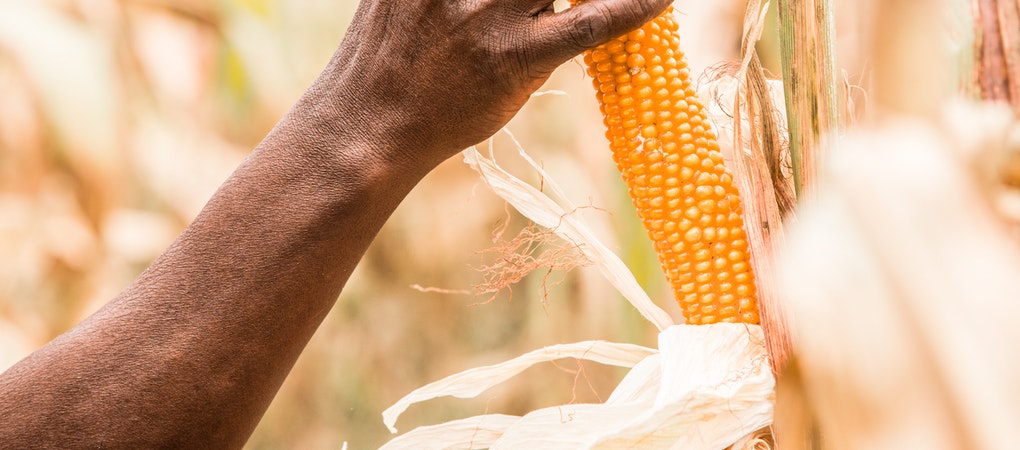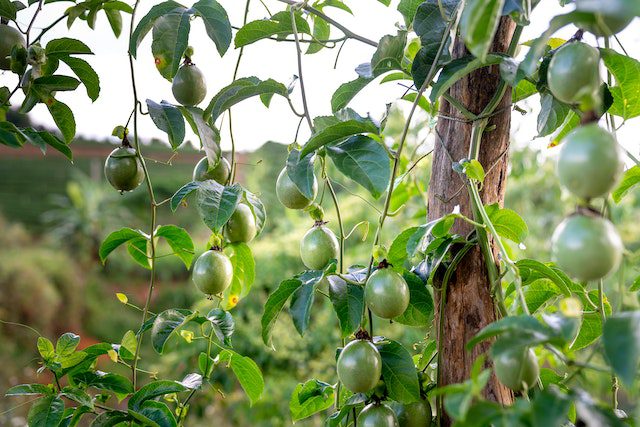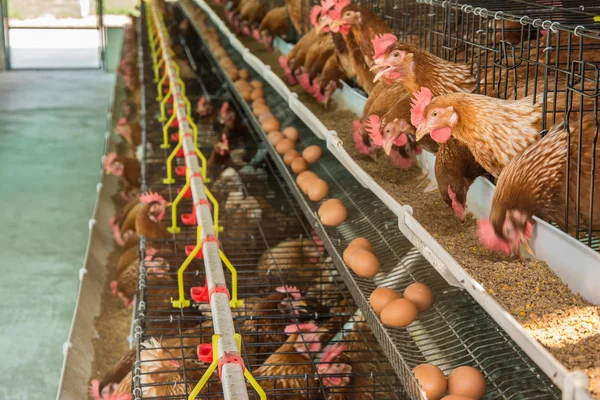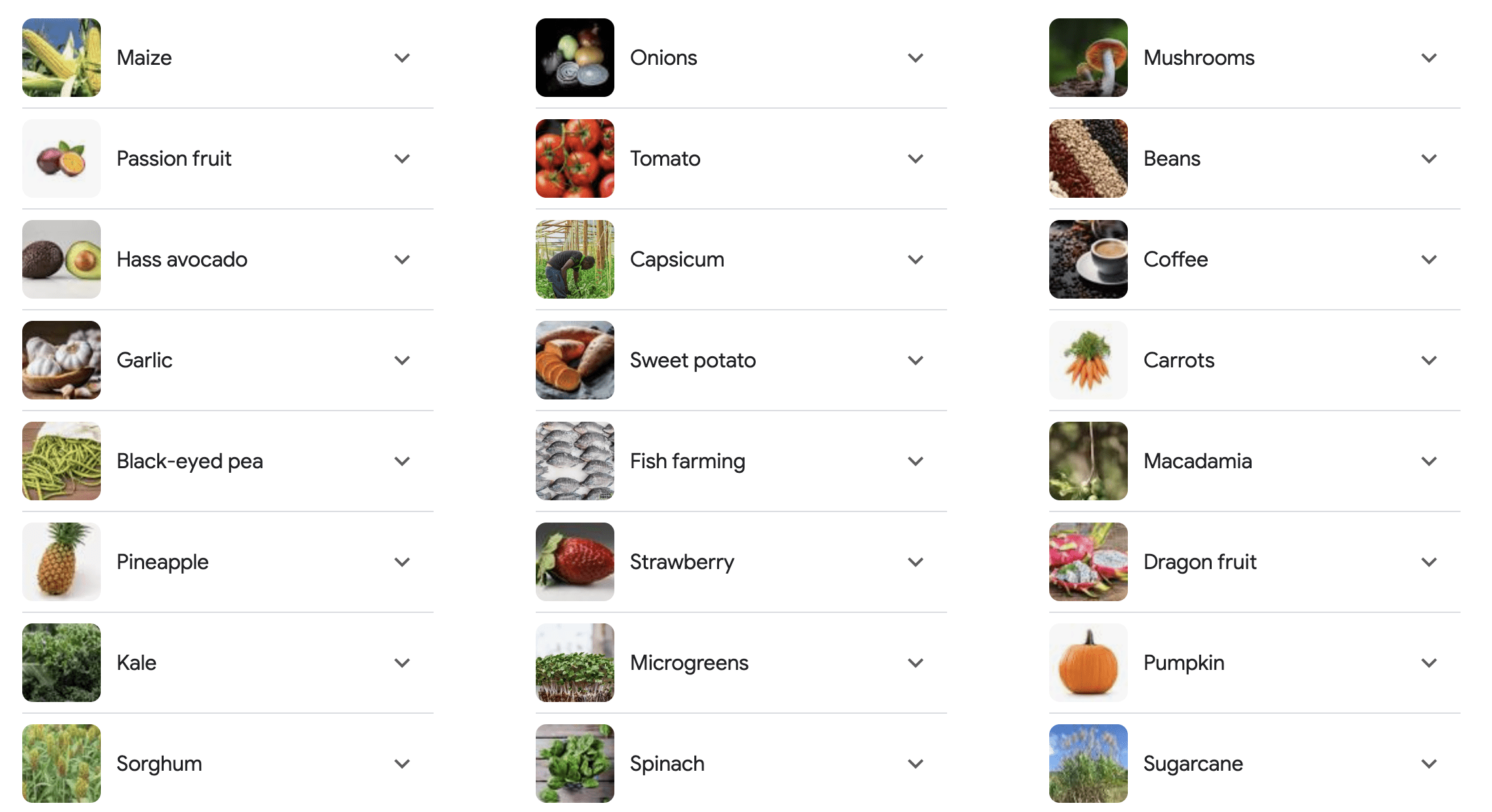This article explores the challenges maize farming in Kenya farmers must overcome to make profits. It gives some solutions to mitigate the worst risks at the end of this post. An example is soil testing and crop insurance to deal with the challenges of soil acidity and frequent droughts.
You cannot make profits in corn farming if you grow it in less than 20 acres in Kenya. What makes it an unprofitable venture? There are many reasons corn farmers, traders and millers record losses year after. They include corn pests and diseases, farm weeds, low productivity, soil acidity, among others. By identifying these challenges as a newbie or veteran farmer, you can correct them from the onset of this crop season.
Challenges of maize farming in Kenya
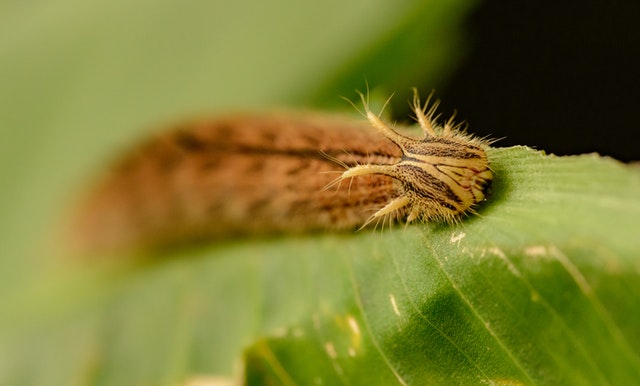
You can term the reasons for loss-making among maize farmers low productivity, post-harvest losses and low selling prices.
Kenya’s average yield per ha was 1.7 tons per ha in 2018 and 2019. Its Low productivity arises from using low-quality seeds, fertilizers and farm chemicals, soil acidity and climate change. Others are weeds, corn pests and diseases like the Fall armyworms.
Soil acidity and poor crop nutrition
Around 43 per cent of soils in Kenya are outside the optimum pH range of 5.0-8.0 for conducive for maize growing. It is according to a 2014 report on soil health and quality. It further established that most samples are deficient in nitrogen (N), phosphorus (P) and potassium (K) nutrients in all 164 districts under study. Besides, 67% of the soil samples were low in zinc, while 89% lacked organic matter.
Some maize farmers have grown the crop for decades without crop rotation. It has destroyed the soil nutrients, organic matter and moisture and hence maize yields. The use of fertilizers in Kenya is below international standards. While the average application rate per acre in Kenya is around 14.8 kg per acre, the global standard recommends 50 kgs per acre. As a result, it has lower yields per acre compared to other countries with higher applications rates.
Low-quality seeds
Kenya has over 60 maize seed varieties. These are to be suitable for different farming zones, soils and climate. Others are resistant to some crop pests and diseases. But some rural farmers cannot access information about planting seeds for sale. When they use uncertified seed results, it results in low yields.
Weeds, pests and diseases
- Fall armyworm; (FAW) the first invasion in Kenya was in 2017. That year they destroyed 70 per cent or 800,000 hectares of maize farms. It had a direct impact on 40 per cent of maize farmers across 22 counties. The total loss was around 16 million bags of Kenya’s staple food.
- Maize Lethal Necrosis Disease; (MLND) destroyed over 26,000 hectares of maize valued at Ksh 2 billion in 2013. The following year, it claimed over 60,000 ha of maize, which led to a 10 per cent deep in estimated annual national maize yields.
- Weeds: weed like the Striga can cause a 40-100 per cent loss of maize crops. Weeds compete for nutrients, space and moisture that reduce your yields. The costs of weed control can negatively affect your profits.
Climate change
Drought cycles in Kenya are more frequent and severe. Maize farmers can face partial total crop failure when this happens. It arises from high soil temperatures that spread deserts, arable lands and water available for irrigation. Other climate change effects are spreading weeds, diseases and pests like the desert locusts into new territories. Besides, floods on maize farms lead to crop failure, low yields and losses.
Subsistence production
The last reason for low maize yields is subsistence rather than commercial farming. It features small scale production in uneconomical farm parcels and Low use of machines like tractors in farm work. Since they are not farming to sell per se, they do not invest in modern farming equipment like irrigation lines, dryers or maize bags. Low mechanization is a leading cause of poor maize yields.
The second cause for low profits in maize farming is high rates of post-harvest food losses. It caused by three factors: inadequate drying, poor storage and pests.
Inadequate drying and poor storage
Food standards recommend a moisture content of 13.5 per cent for dry maize. Do it on clean tarpaulins or cemented surfaces rather than tarmac or bare ground. Besides, you can use a mechanical or electric dryer for drying. Undried maize is prone to rotting or getting moulds that develop deadly aflatoxin poison.
Store your maize in moisture and pest-proof stores, bags or containers. Poor storage can lead to an infestation of your food by storage pests like weevils, rats and mice. Humans or animals cannot take destroyed maize. Exposure to moisture can cause the growth of mouldy aflatoxin poison. It was a reason Kenya banned maize imports from Tanzania and Uganda in March 2021. It caused maize farmers and traders in the East Africa region a lot of losses.
Low Prices
The last cause of low farm profits for small scale maize growers in Kenya is low buying prices. Kenya faces inflation in the costs of growing maize while the prices are stagnant. The cause is the high costs of fuel (petrol and diesel) and low subsidies. They lack better buying prices by the government and maize millers. Importing cheaper maize from the East Africa Community countries further reduce local profit.
Tips for profitable maize farming

Farmers can handle the above risks using the following five tips. It will help you get a higher maize yield per acre, attracting better selling prices and reducing the rates of post-harvest losses.
Soil testing
Which is the best fertilizer to plant and top-dress maize in Kenya? Begin by soil testing to know its acidity, type and nutrient content. Use the results to buy the best blends and amounts of fertilizer and other inputs like lime and manure. This way, you will correct its acidity, improve microorganisms and nutrients. These will give you more maize yields and improve soil health in the long run. Besides, ordering the right amounts of fertilizers will help you lower the costs of growing maize.
Certified seeds
Use quality maize seeds from a registered seed company in Kenya. To know the best variety for your region, use a free mobile app from KALRO or the MbeguChoice. These seed selection databases will recommend the seed variety supplier and give you details of the seed available in your area.
IPM
Integrated pest management (IPM) practices have benefits to humans, soils and the environment. As a sustainable farming method, it will reduce the use of toxic farm chemicals and conserve soils. As a maize farmer, the following are some to try for higher yields.
- Crop rotation: Plant non-grass crops in the farms you have harvested maize. Choice crops to try are canola and potatoes. Crop rotations help to improve soil health and control pests.
- Residual cropping: Practice reduced or zero tillage to conserve soil health and quality by little disturbance.
- Mulching: Use organic materials to cover maize farms. The mulch will conserve moisture, add organic content and control farm weeds.
Crop insurance
Droughts have become the worst threat to modern agriculture. As a farmer, you can mitigate this risk by buying crop insurance for your maize crops against dry weather. In case of poor weather in your We list examples of these, you will receive compensation from a crop insurance company. It will require you to pay premiums for your policy to qualify for the payment.
Hermetic Storage
The use of hermetic-bags is the cheapest method to reduce post-harvest maize losses. The bags are moisture, pest and airproof, preserving your grains for long periods without toxic fumigant. The other advantage of hermetic storage bags and silos is helping you to earn more profits. You do not need to sell it immediately after harvest but can await the prices to go up during the dry period. Are you looking for the best airtight storage bags for sale in Kenya? You can buy the PICs, Agro Z, Elite bags or the ZeroFly hermetic bags.
There is no simple solution to the poor profits that maize farmers in Kenya use. You can commit to change simple farming practices on your farm. We list examples of these above. They are using hermetic bags, certified seeds, soil testing and buying crop insurance. These will deal with the earlier identified challenges like droughts, pests, and climate change.
